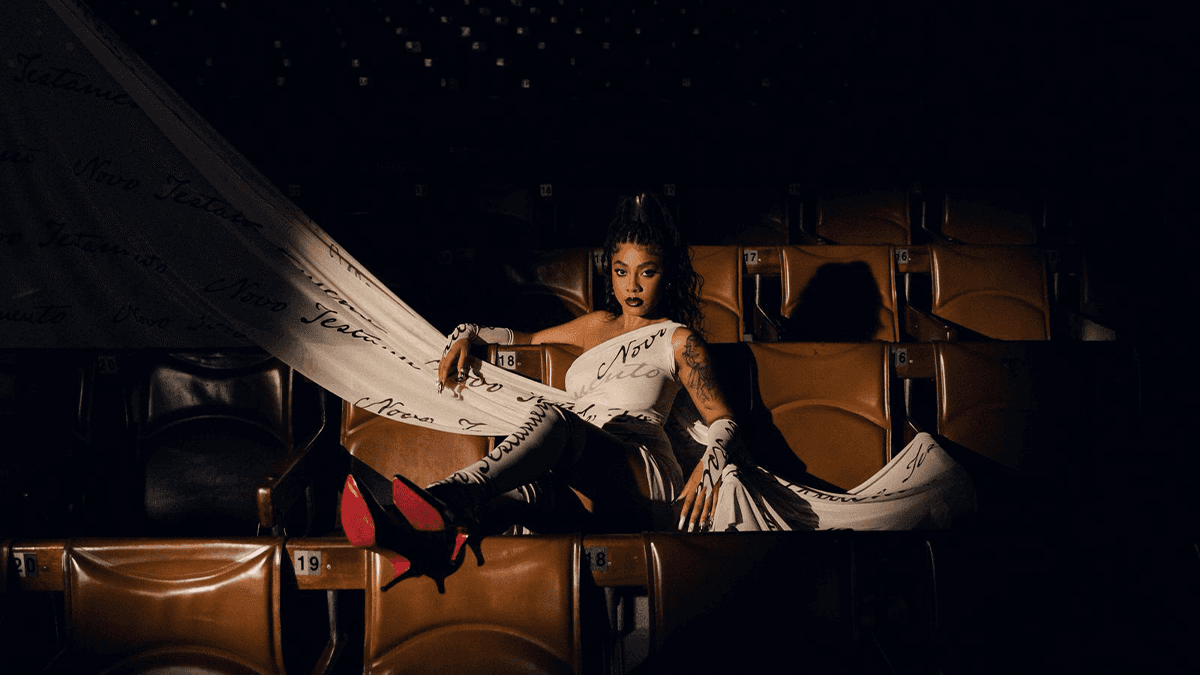10 years of Mike Tyson by Lori Grinker
10 years of Mike Tyson by Lori Grinker.
In the 1980s, at a gym in Catskill, New York, young photographer Lori Grinker met a teenage Mike Tyson. This meeting sparked a collaboration that would result in iconic images and the careers of both. Grinker, then a photojournalism student, visited Cus D’Amato's gym for an academic project when she was encouraged to photograph Tyson. The trainer was sure: the boy would be a star.

Now, decades later, Grinker is compiling her photographs in a book titled MIKE TYSON: 1981–1991 and in the portfolio MIKE TYSON PORTFOLIO (1981–88). The images, many of which are unpublished, reveal a more human side of the boxer. Among the photos are intimate records of Tyson listening to D’Amato, playing with other youths, or celebrating his first world victory in 1986.

“I wanted to show the transformation of a shy boy into a global icon,” Grinker recounts.
Although boxing wasn’t her initial focus, the artist became fascinated by the environment, describing the training as a “dance choreography.” Her relationship with Tyson evolved into a friendship full of ups and downs. He could be fun, but also temperamental – like the time he threw Grinker’s equipment into the snow.

Grinker focuses on Tyson's rise from amateur to world champion. A quote from trainer Cus D’Amato, included in the book, helps explain the combination of skill and intelligence that made Tyson a phenomenon in his teenage years:
"Mike's punch is like an atomic bomb, in the sense that it depends on the nature. Both are worthless unless there is a way to convey them to the target. Mike has that means. He is smart in boxing." - Cus D’Amato

A series of photos from 1981 shows D’Amato, Tyson's first trainer, sitting on a bench in the gym in Catskill, New York, teaching Tyson, who was 14 or 15 years old. In one of the images, D’Amato raises his fists in a defensive pose, with the knuckles just inches from his white eyebrows.

This is the peek-a-boo style, a technique that transforms defense into attack, a hallmark of fighters trained by D’Amato. It was a key element of Tyson's early success, integrating high guard, head movement, footwork, and angles to allow shorter boxers to approach their opponents without taking damage.
Seven years later, Tyson defeated Michael Spinks in 91 seconds to become the undisputed heavyweight champion. His attack was relentless that night: a right body shot dropped Spinks for the first time, and another to the chin ended the fight seconds later.
In 1988, one of the photos of Tyson taken by Grinker graced the cover of Sports Illustrated. “I was in the right place at the right time,” says Grinker, “and I continued until he became more and more famous and became unstable. He started being pushed into all sorts of things. I think if Cus hadn’t died when he did, things would have been different for Mike.” D’Amato, who took Tyson in after his mother died, passed away in 1985, just over a year before the boxer became the youngest heavyweight champion in history at 20 years and four months.

The photos in Grinker’s book span a decade, ending just before Tyson's shocking defeat to Buster Douglas in 1990 and his conviction for rape the following year. Tyson, then 25, was convicted in 1992 for the rape of an 18-year-old woman in a hotel room.

Even so, the serious crime (and the defeat in the ring) had little effect on Tyson's draw or his place in the sport after his release. He achieved impressive numbers in post-prison fights against Evander Holyfield and Lennox Lewis.
Tyson remains a figure of curiosity: whether for his legal troubles, the fight in which he bit Holyfield's ear in 1997, or the missed opportunities that haunt him like a shadow. Seeing his rise to the top of the boxing world again is even more intriguing because of what came afterwards.

After years of following Tyson, Grinker left photojournalism to explore more personal narrative projects, but she never lost the connection to these images. The book and the portfolio not only capture Tyson's meteoric rise and fall but also document the world of boxing and its relationship with fame.
See others like this





